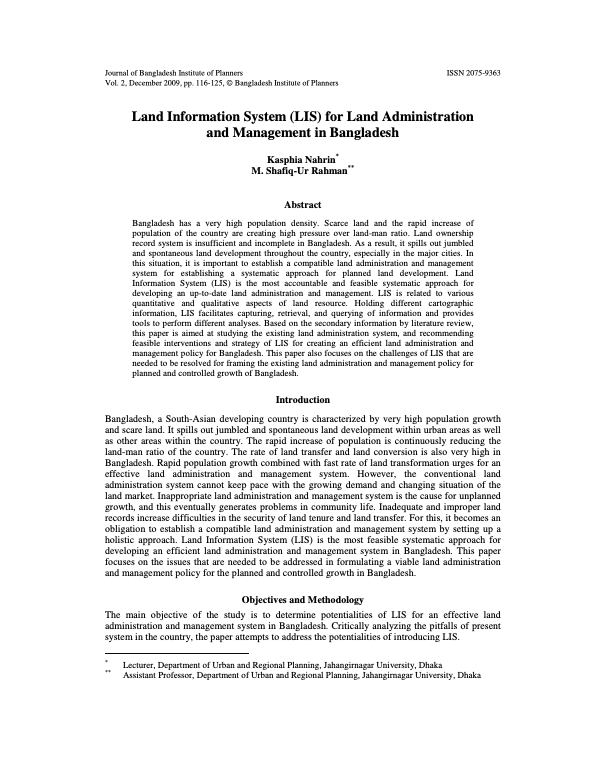Location
The Journal of Bangladesh Institute of Planners (JBIP) is an effort of BIP to give a platform to the professionals, academicians, researches and students to reflect their current analytical and critical thinking concerning the planning issues in and around the world. The issues and contexts of planning broaden from local to global. The aim of this journal is to address all of the issues and contexts aiming to the following objectives:
- bridging the gaps between planning practice, research and education
- the critical evaluation of planning practice and the progressive search for practical guidance
- presenting research in an accessible, laconic style, not overly theoretical, but analytical
Journal of BIP (JBIP) will fulfil these objectives by publishing quality research in a variety of specific fields and from a range of theoretical and normative perspectives, which helps improve understanding of the actual and potential role of planning and planners in different context.
Specific field of areas covered include:
- Land use planning and urban design
- Economic development and planning
- Environmental policy and planning
- Spatial planning
- Housing and community development
- Transportation policy and planning
- Urban, social and public policy
- Urban governance
- Regional and Rural planning
- Development Planning
- Application of GIS and remote sensing in planning
- Tourism Planning
- Natural resource planning and Disaster Management
Members:
Resources
Displaying 1 - 1 of 1Land Information System (LIS) for Land Administration and Management in Bangladesh
Bangladesh has a very high population density. Scarce land and the rapid increase of population of the country are creating high pressure over land-man ratio. Land ownership record system is insufficient and incomplete in Bangladesh. As a result, it spills out jumbled and spontaneous land development throughout the country, especially in the major cities. In this situation, it is important to establish a compatible land administration and management system for establishing a systematic approach for planned land development.


